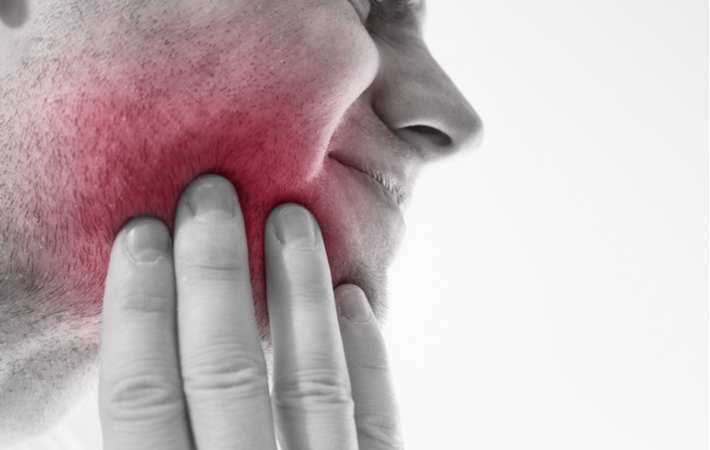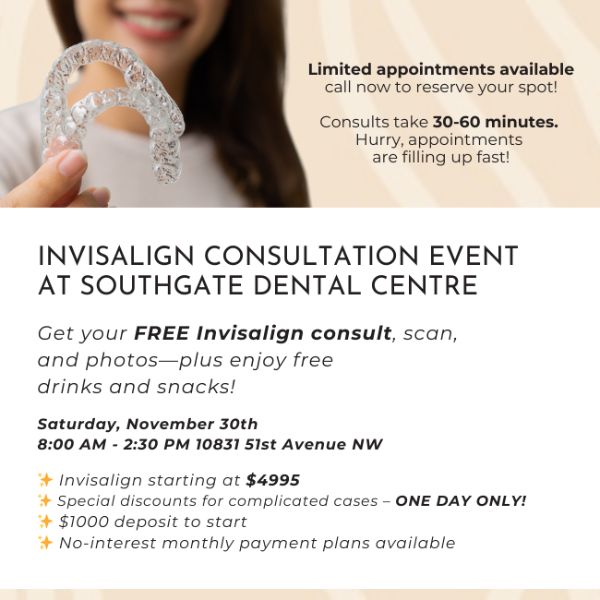Tooth pain can be a symptom of several problems, usually from an injury or an infection. Many dental issues lead to tooth pain, making it hard to know when you need to visit your dentist for a checkup. If you have tooth pain, can it go away by itself?
Continue reading to learn more about tooth pain, including its causes and if it can go away without treatment.
What Is Tooth Pain?
Tooth pain is difficult to deal with, especially if it’s severe. More commonly known as toothache, pain is a common symptom of many dental problems. Whether from tooth decay, injury, or another cause, you generally know there’s a problem when you experience a toothache.
Common Symptoms Accompanying Tooth Pain
Depending on the cause of your dental problem, you might experience other symptoms alongside tooth pain. These symptoms include:
- Headaches
- Pain when chewing
- Sensitive teeth
- Discharge or bleeding from the gums
- Swollen gums
- Bad breath
- Fever
- Swollen glands
- Bad taste in the mouth
- Broken tooth or lost filling

What Causes Tooth Pain?
Your toothache can have many potential causes and the pain may be reversible or irreversible. Although pain is not the best indication of severity, it does motivate us to seek needed treatment. Sometimes things that hurt a lot can be reversible and go away on its own.
Gum Disease
Gum disease is an infection caused by poor dental hygiene. This condition can cause significant damage to the soft tissue in your mouth, potentially affecting the bone supporting your teeth if left untreated.
Plaque forms around the bottom of your teeth when you don’t take care of them, eventually causing a mild form of gum disease (gingivitis). If gingivitis is left alone, an ongoing infection can lead to gum disease.
The gums become swollen and inflamed, leading to mild or intense pain. How much pain you experience typically depends on the severity of your infection.
Tooth Decay
Tooth decay, more commonly known as a cavity, is a permanently damaged area of your tooth. Occurring due to a mix of poor dental hygiene, bacteria in your mouth, and sugars from food, cavities are one of the most common dental problems people experience.
Plaque forms when bacteria mixes with sugars and starches left on your teeth. It then hardens when you don’t clean your teeth, becoming tartar.
The acids in plaque attack your teeth until they break through your enamel, the hard outer layer of the tooth. This damaged area is your cavity, causing pain and increased sensitivity. Pain worsens as decay spreads into the inner layers of your tooth.
Bruxism
Bruxism is a condition where you grind or clench your teeth during the day or night. Experts are unsure of the cause of teeth grinding. However, many experts believe it may be a combination of physical, psychological, and genetic factors.
Awake bruxism may happen because of stress, concentration, or frustration. Sleep bruxism may occur because of genetics, anxiety, or changes in your sleep pattern.
The consistent clenching or grinding during bruxism can lead to pain. Sensitivity increases over time until treatment is provided.
Sensitive Teeth
Tooth sensitivity can make eating ice cream and other cold or hot foods difficult. This condition causes pain or discomfort when exposed to hot or cold temperatures. Sensitivity occurs because you have thinner or worn-down enamel or exposed root surfaces.
Someone might have naturally thinner enamel, but your enamel can become worn down due to:
- Brushing your teeth too hard
- Using a stiff toothbrush
- Grinding your teeth at night
- Eating or drinking acidic foods & beverages regularly
Tooth pain related to increased sensitivity typically feels quick and sharp. You might feel this pain when brushing your teeth, eating, drinking, or having cold air hit your teeth.
Tooth Abscess
A tooth abscess is an infection in or around the tooth. You develop this infection when bacteria enter the inner layers of your tooth, damaging the blood vessels, nerves, and tissues inside. Bacteria enter the tooth due to tooth decay caused by poor dental hygiene or a high sugar diet. Another cause could be enough bacteria collecting in the gum tissue around the tooth, causing it to swell.
You can experience intense pain and swelling from an abscess as it tries to drain itself. Without proper treatment, abscesses can cause significant health complications.
Can Tooth Pain Go Away on Its Own?
Depending on their cause, toothaches can go away without treatment. You can help reduce further pain by increasing oral hygiene, avoiding foods of extreme temperatures and not chewing around the irritated area.
While tooth pain can go away by itself in certain scenarios, it typically requires dental care. Bruxism, tooth decay, gum disease, and other causes of toothache need treatment. You should visit your dentist for an exam if tooth pain continues for longer than a few days.
What Should You Do if You Experience Tooth Pain?
You can for short periods of pain, treat your tooth pain with over-the-counter medications. The standard of care for a bad toothache is 1000mg of Tylenol paired with 600mg of Advil, taken at the same time.
Visiting your dentist is a necessity when you have tooth pain. Even a minor problem may lead to something more serious, and visiting your dentist can help identify the cause of your pain. They can recommend a treatment plan to help address and resolve your toothache.
To help your dentist diagnose the cause of your tooth pain, it’s important to record when the pain occurs, its causes, how long it lasts and the type of pain you’re experiencing. Can tooth pain go away on its own? Yes, but don’t let that keep you from contacting your dentist if you’re experiencing tooth pain before the situation gets worse.



